Birding Tips: How to Identify Mystery Birds
Updated: Oct. 19, 2021
Noticed a mystery bird perched in your backyard trees or eating at a bird feeder? These techniques will help you identify birds.
Our editors and experts handpick every product we feature. We may earn a commission from your purchases.
Even if you know your local birds, sometimes an unfamiliar one will appear that doesn’t match anything you’ve seen before. Or maybe you’re just getting started with bird-watching. We have some pointers and questions to ask that will help you confidently spot more species. Here’s how to identify birds.
Watch the Bird Closely
Don’t immediately reach for your field guide. Instead, pay attention to the bird. What does it look and sound like? How does it move? The book won’t fly away, but the bird will.
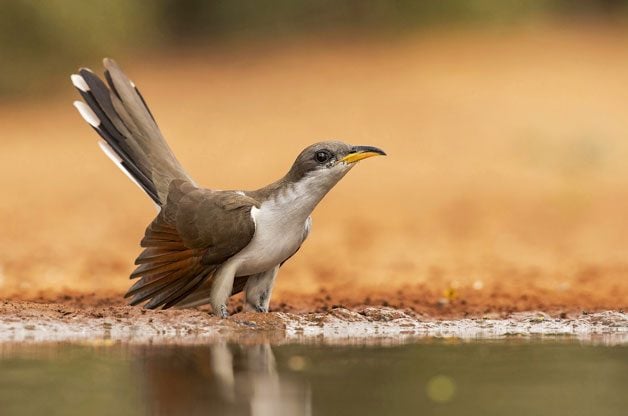
Compare the Bird’s Size and Shape
A bird’s size is hard to judge, so compare it to a well-known species to identify the bird. It’s more helpful to say “robin-sized” or “smaller than a sparrow” than estimate its size in inches. Notice its body and bill shape, too. Is the bird stout or slender? Long-tailed or short-tailed? Is the bill thin like a warbler’s or thick like a finch’s?
Check out spring warbler birds you should know.
Consider Surroundings, Behavior and Habitat
An open field is home to other birds than a forest or on the open waters of a lake. Even within the same habitat, different birds will seek out different niches. Is your mystery bird hopping on the ground, climbing up a tree trunk or flitting around the tips of twigs? These behaviors offer good clues as you learn how to identify birds.
Learn about western birds and their eastern counterparts.
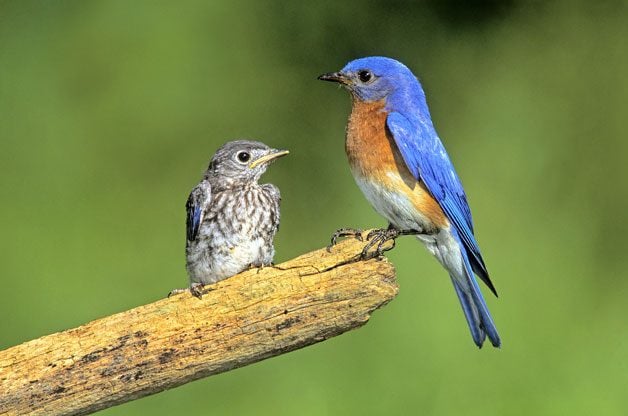
Look for Field Marks
We know it’s sometimes difficult but one of the best ways how to identify birds is to get a clear look. The markings on a bird can tell you a lot. Does it have a ring around its eye or a stripe above it? Is the chest spotted or striped? A good pair of binoculars can be helpful to observe these details.
Watch for Tricky Birds
Some oddities can be chalked up to perplexing plumage of common local species. Is it possible the bird is leucistic with patches of white feathers? Could it be stained from something it was eating? Could it be a young bird with juvenile plumage different from that of its parents? Or maybe it is molting into winter plumage.
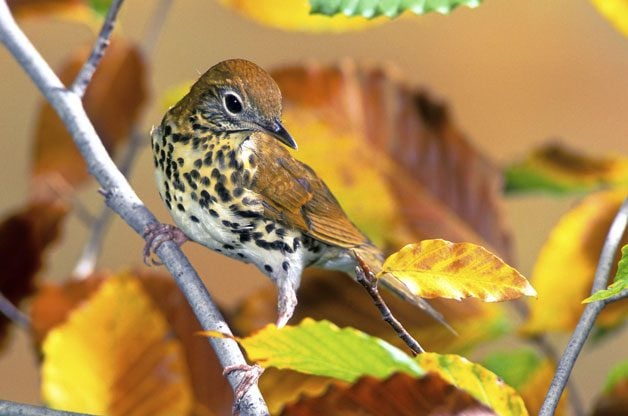
Write Down Details
Don’t rely on memory alone. It’s best practice to record your observations in a notebook before you look in a field guide or online to identify the bird. If you start writing a description while the bird is still around, you may notice details you would otherwise miss or forget.
Birding in the city: Learn how to be an urban birder.
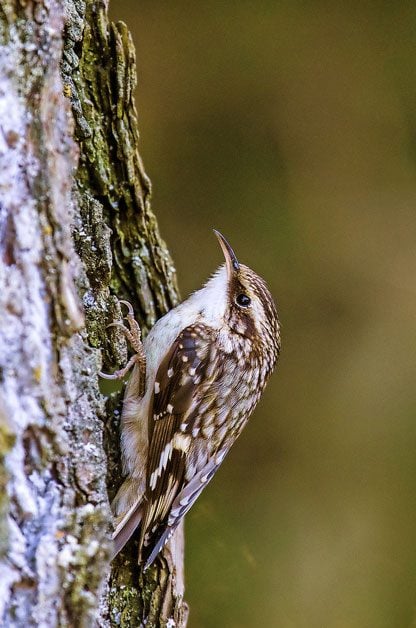
Take a Photo
Even a distant or lower quality image may help pin down the ID. If your phone has a camera, take advantage and snap several pictures. Just don’t waste a lot of time trying to get the perfect shot; you need to look at the bird, too. Check out the ultimate guide to backyard bird photography.
Bird ID Cheat Sheet
Make note of these key clues.
- Shape: Observe the bird’s bill and body shape, as well as tail and leg length.
- Size: Compare the bird’s size to another known species, if possible.
- Location: Range, season and habitat all help narrow down the likely choices.
- Behavior: Be sure to notice whether the bird is hopping on the ground, soaring, climbing trees or doing something else.
- Field marks: Pay close attention to stripes on the body, wing bars, eye rings, and head stripes or spots.
- Color: Any bright or unusual colors might help clinch the ID.
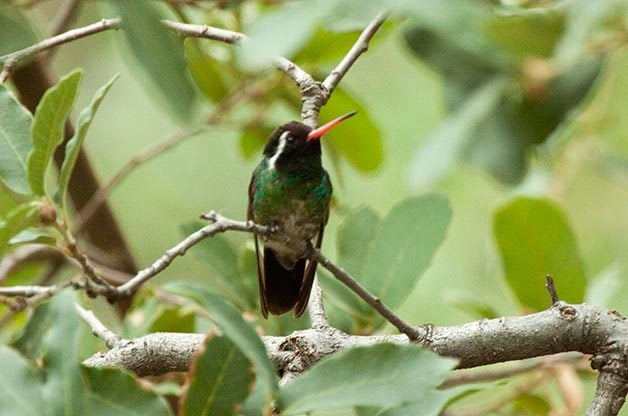
What if You Spot a Rare Bird
- Consider whether you should share the sighting. If the bird is truly rare, hundreds of birders may want to see it. That’s fine if it’s a public park, but could be a problem if it’s a feeder outside your bedroom window.
- If you decide to report the sighting, confirm the ID with good photos and share them with a local expert. Check with the National Audubon Society, audubon.org, for nearby chapters or centers. Or, contact the American Birding Association at aba.org/contact.
Check out amazing sightings of rare yellow cardinals.
